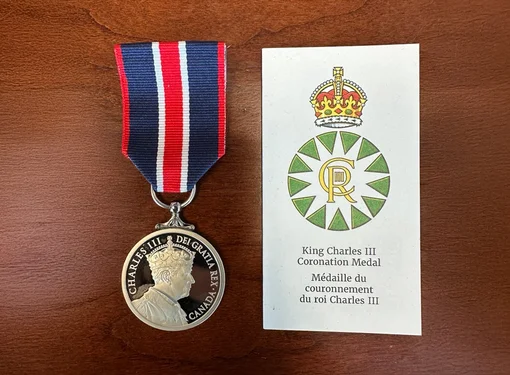Wheels up! Air travel tips for people with disabilities
Air travel for people with disabilities can pose a number of challenges, but a little extra planning can ensure you have a smooth experience (turbulence aside). Whether you have mobility issues or not, travel is much easier when planned ahead of time. Following these travel tips can help you navigate airports and flights like a seasoned jetsetter.
Before booking your tickets, be sure to research the airlines in depth. It's a good idea is to ask the airline very specific questions according to your needs. Check to see which airlines will offer you better service, as some might be more prepared than others to assist you based on what you might require.
While booking your flights, ensure you have ample time between connections. Wheelchair users and people with mobility aids are almost always the first to board and the last to deplane. You don’t want to miss that connection!
If you are travelling with support, check with the airline to see if there are any discounts for them. However, do your research, as the rules and deals may vary between airlines.
Arrive early at the airport to give yourself sufficient time to check-in. This will ensure that staff will also have the extra time to serve you better if you require assistance, or if any confusion arises. Be clear and specific in which way staff can assist – they are there to help!
While checking in, be sure to ask for a gate tag for your chair, scooter, or walking aid as this will allow you to use it up until the boarding gate. This also helps ensure that you will collect your chair at the arrival gate, and not at baggage claim. Upon preparation for landing, remind your flight attendant about this. It will shorten your wait, and save you time at the airport.
Accessible airplane toilets can vary from airline to airline. Even though most airlines are required to have accessible lavatories, the truth is that these toilets could still be quite small as some accessibility regulations are not standard worldwide. For example, there may be additional accessibility regulations to follow like the Americans with Disabilities Act (ADA) in the United States. Ask for measurements if you need them to stay prepared, instead of being caught off-guard when airborne.
Label your chair, mobility aids and any parts that can be disassembled with your name and contact information in case anything goes missing. As well, don’t forget to bring your cushion along with you for the flight. This will ensure it won't be lost and can also help prevent pressure sores along the way.
About the guest blogger:
Tanya Colaco is a PR and Communications Intern at the Rick Hansen Foundation. She was born and raised in India, but now calls Vancouver home. She is passionate about sampling the many cuisines the world has to offer and has an ever-growing bucket list. Her current goal is to learn Japanese and master Hindi.
1. Research and ask the right questions when booking your tickets
Before booking your tickets, be sure to research the airlines in depth. It's a good idea is to ask the airline very specific questions according to your needs. Check to see which airlines will offer you better service, as some might be more prepared than others to assist you based on what you might require.
2. Space out your flight connections
While booking your flights, ensure you have ample time between connections. Wheelchair users and people with mobility aids are almost always the first to board and the last to deplane. You don’t want to miss that connection!
3. Ask if support aids get a discount
If you are travelling with support, check with the airline to see if there are any discounts for them. However, do your research, as the rules and deals may vary between airlines.
4. Don’t be late
Arrive early at the airport to give yourself sufficient time to check-in. This will ensure that staff will also have the extra time to serve you better if you require assistance, or if any confusion arises. Be clear and specific in which way staff can assist – they are there to help!
5. Request for a gate tag to stay in your chair until the boarding gate
While checking in, be sure to ask for a gate tag for your chair, scooter, or walking aid as this will allow you to use it up until the boarding gate. This also helps ensure that you will collect your chair at the arrival gate, and not at baggage claim. Upon preparation for landing, remind your flight attendant about this. It will shorten your wait, and save you time at the airport.
6. Don’t be shy! Ask about the facilities
Accessible airplane toilets can vary from airline to airline. Even though most airlines are required to have accessible lavatories, the truth is that these toilets could still be quite small as some accessibility regulations are not standard worldwide. For example, there may be additional accessibility regulations to follow like the Americans with Disabilities Act (ADA) in the United States. Ask for measurements if you need them to stay prepared, instead of being caught off-guard when airborne.
7. Label your belongings
Label your chair, mobility aids and any parts that can be disassembled with your name and contact information in case anything goes missing. As well, don’t forget to bring your cushion along with you for the flight. This will ensure it won't be lost and can also help prevent pressure sores along the way.
About the guest blogger:
Tanya Colaco is a PR and Communications Intern at the Rick Hansen Foundation. She was born and raised in India, but now calls Vancouver home. She is passionate about sampling the many cuisines the world has to offer and has an ever-growing bucket list. Her current goal is to learn Japanese and master Hindi.







